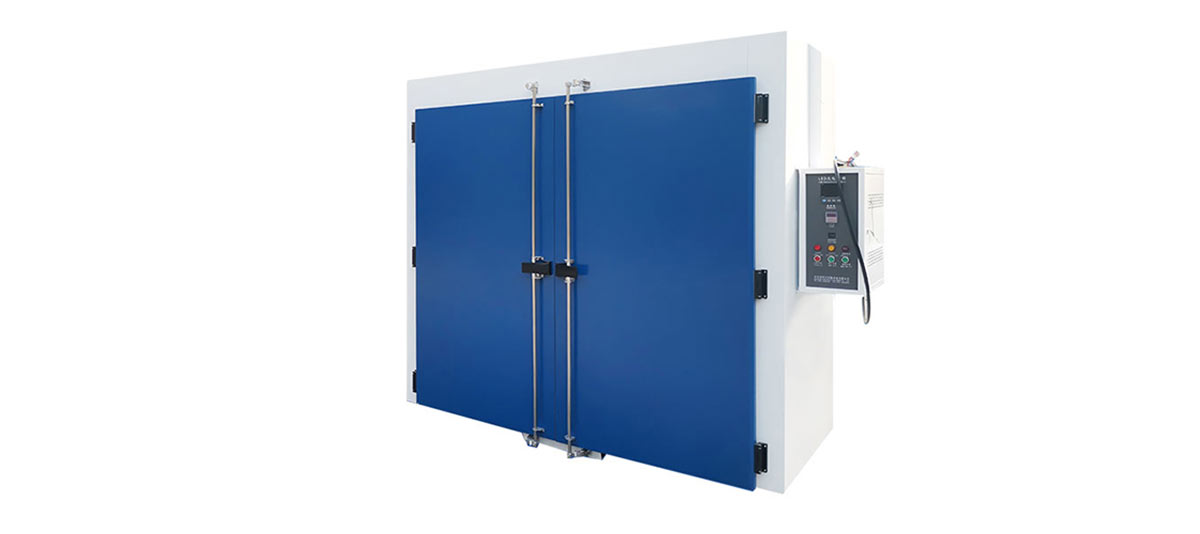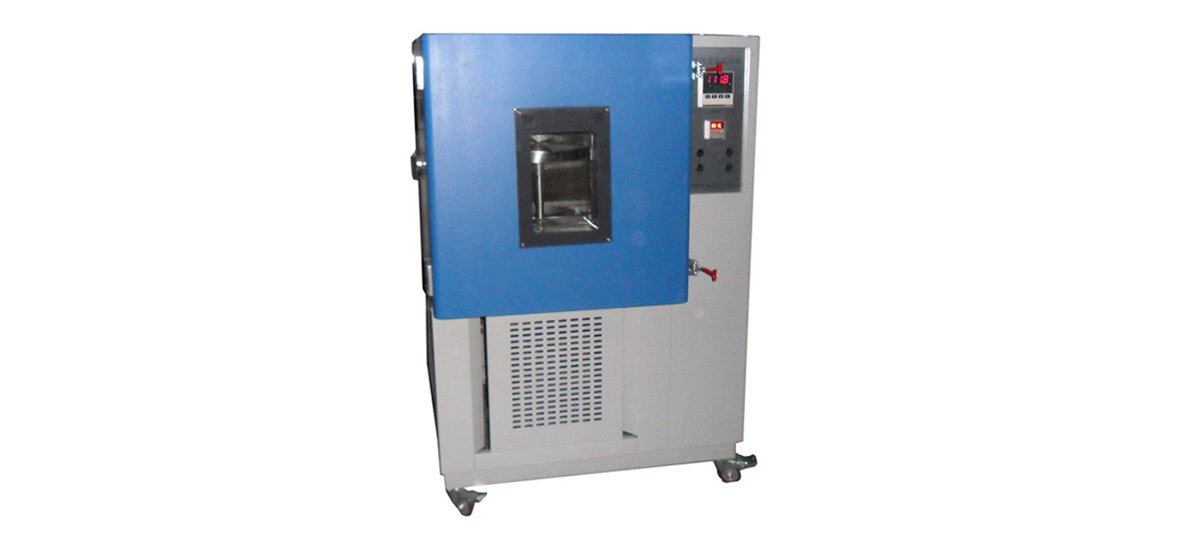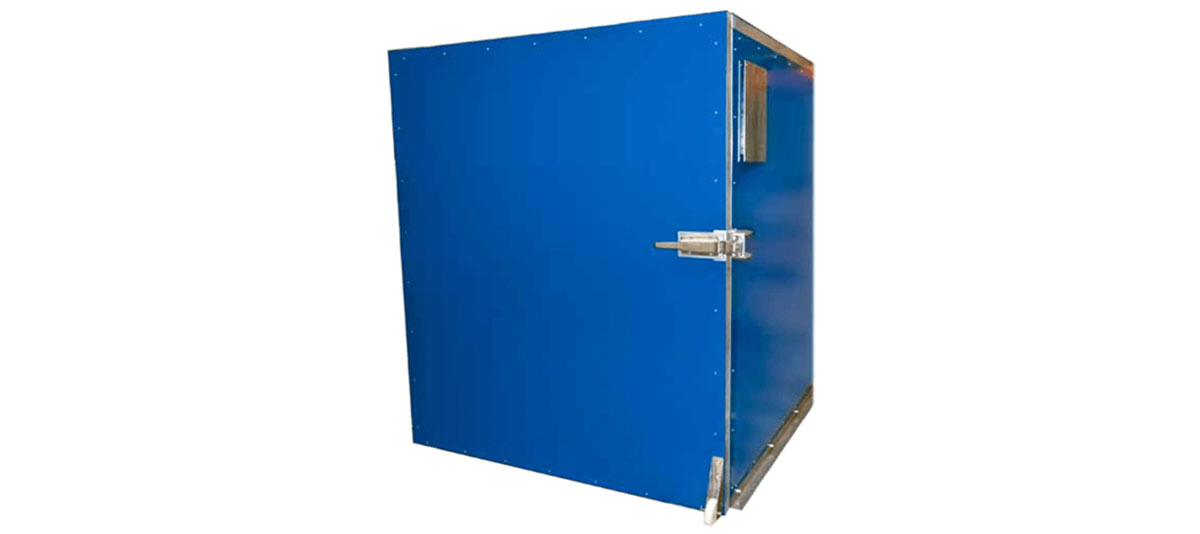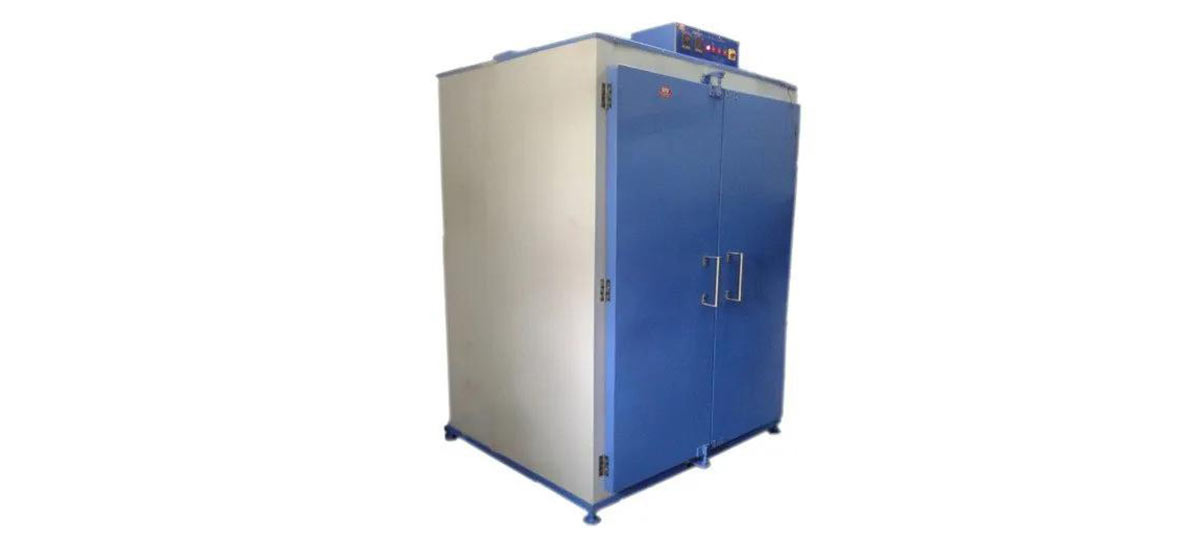Laboratory ovens come in many shapes and sizes. The need for specialization leads to model differentiation and richness. With so many models and sizes to choose from, you can get confused when shopping for a lab oven. This short buying guide below explains some of the key considerations when purchasing an oven designed to meet your technical requirements and performance expectations.
Laboratory ovens come in a variety of chamber sizes. Too much chamber space wastes energy and increases costs. A chamber size that is too small will result in poor performance. Factors that determine how large a chamber you need include the type of oven you choose, the application itself, special processing needs, internal construction, and load size. Laboratory ovens are available in three installation styles – bench top, cabinet, and truck/walk-in.

1. What is A Laboratory Oven?
Laboratory ovens are ideal for industrial applications such as annealing, baking, drying, curing, and sterilization, as well as research and development. Laboratory ovens help evaporate excess solvents from products, dry glassware and sterilize medical instruments and test materials. Since laboratory ovens can heat and cool substances without damaging them, they are ideal for making medical devices.
There is a laboratory oven subtype for each heating application. If you’re curing your product, you’ll need a heavy-duty batch oven. If you’re melting wax, you’ll need a low-temperature continuous oven. If you are drying samples, you will need a vacuum chamber oven. Batch ovens are ideal for product loads with predetermined heat settings, while continuous ovens maintain a specific environment that is valuable for targeted results.
2. Types of Laboratory Ovens
It is likely that you are looking for a lab oven that is small but versatile. Several types of laboratory ovens exist:
- Forced air convection ovens have fans that help distribute heat evenly throughout the vacuum chamber. They heat up quickly.
- Gravity convection ovens remove cool air from the oven as the air warms in the room. They are an affordable option for situations where less temperature uniformity is required.
- Laboratory vacuum ovens allow liquids to evaporate at temperatures below their boiling point. They are ideal for applications that require faster drying, such as electronics.
- Laboratory furnaces heat materials to high temperatures for applications such as brazing, sintering, and heat treatment with consistency and low contamination.
3. Key Considerations When Selecting a Laboratory Oven
Before making your choice, there are some key considerations you need to notice:
1) Size And Volume
Choosing the size and volume of your laboratory oven is critical. Start by considering the size and quantity of product going into the oven. Then, look for an oven with the right interior space. It’s not always a good idea to choose an oven that’s bigger than you need to be. You’ll use more energy to reach your target temperature and take up more space. So choose the oven that is just right for your application.
2) Temperature Requirements
Laboratory ovens have a maximum temperature range from ambient to several hundred degrees Celsius. The range depends on the material being applied, the amount of product you are heating, and the level and time of heating required. Purchase an oven that can reach the minimum temperature required for your application. If you’re aiming for cooler temperatures, don’t go for a powerful oven. It will cost more and have a larger footprint.
Laboratory ovens with operating temperatures from ambient to 300°C perform well in chemical, biological, pharmaceutical, and forensic applications. Laboratory ovens that operate above 300°C are ideal for specialized physics, electronics, and materials processing applications. High-temperature laboratory ovens are ideal for applications requiring temperatures of 500°C or higher.
3) Heating Uniformity
Heating uniformity in laboratory ovens is imperative. If the oven is not heated evenly, bad samples and rejects may result. Many manufacturers publish the results of their temperature uniformity tests on their official product web pages. This gives you some insight into the heating uniformity of your oven. But certified test results are required anyway. If not, ask for a heating uniformity demonstration.

4) Airflow
Oven airflow is critical to achieving temperature uniformity, curing, and drying. Some ovens use horizontal flow. Others use vertical flow. Some ovens combine all airflows and allow users to change modes depending on their goals.
5) Energy Consumption And Efficiency
Laboratory ovens consume a lot of energy. If you use multiple ovens at your location, even the slightest change in the energy efficiency of your heating system can increase your electric bill. Chamber leaks also waste energy and increase costs. Therefore, consider the insulation of the oven door and walls. They are essential to minimize usage costs.
6) Cleaning And Maintenance
Cleaning and maintenance help eliminate cross-contamination. But those efforts have disrupted lab operations. So look for an oven with an easy-to-remove tray, rounded edges to keep things from building up, and a door designed to be easy to clean. An easy-to-clean laboratory oven has had few problems throughout its lifetime.

7) Safe And Reliable
Accidents at work can be costly. So make sure everything in your lab oven is certified – from material quality to thermal and control unit reliability. Do not believe the manufacturer’s marketing claims. Instead, a certificate of conformity to internationally recognized and accepted codes and standards is required.
It is more cost-effective and faster to purchase a standard laboratory oven than to purchase a custom-designed oven. Of course, you can always modify a standard oven to suit your needs. But sometimes you need a custom oven. If you want a custom-designed unit, work closely with the manufacturer to make sure you get the right oven.





Leave A Comment